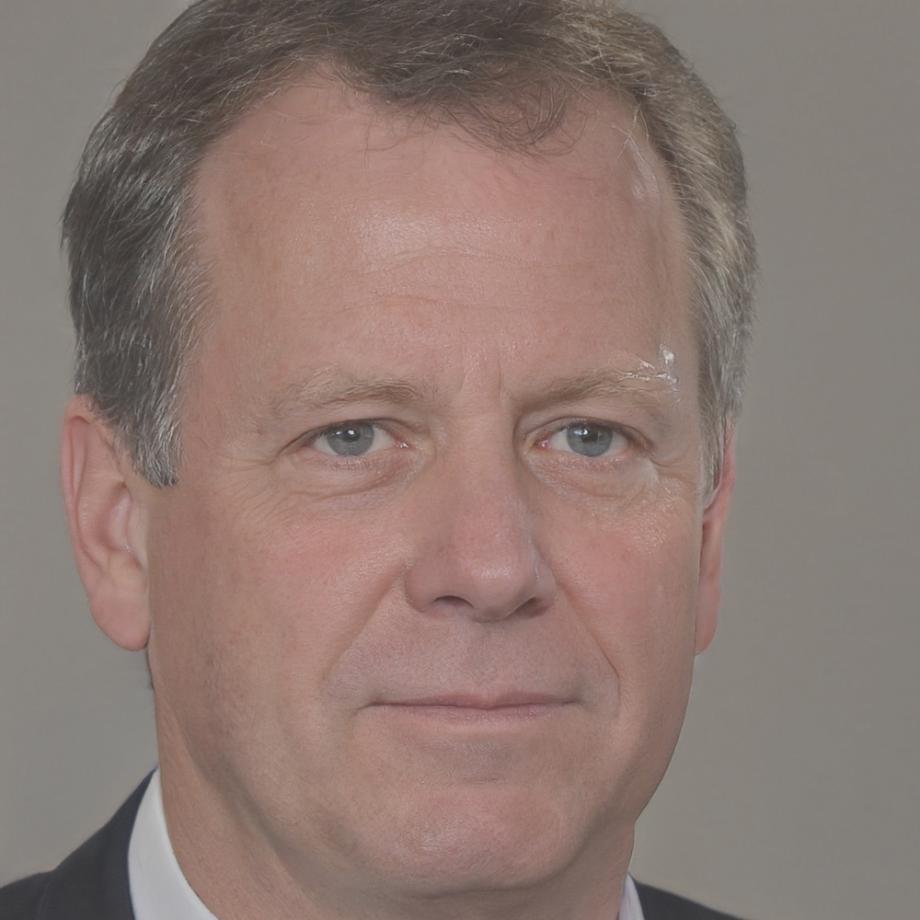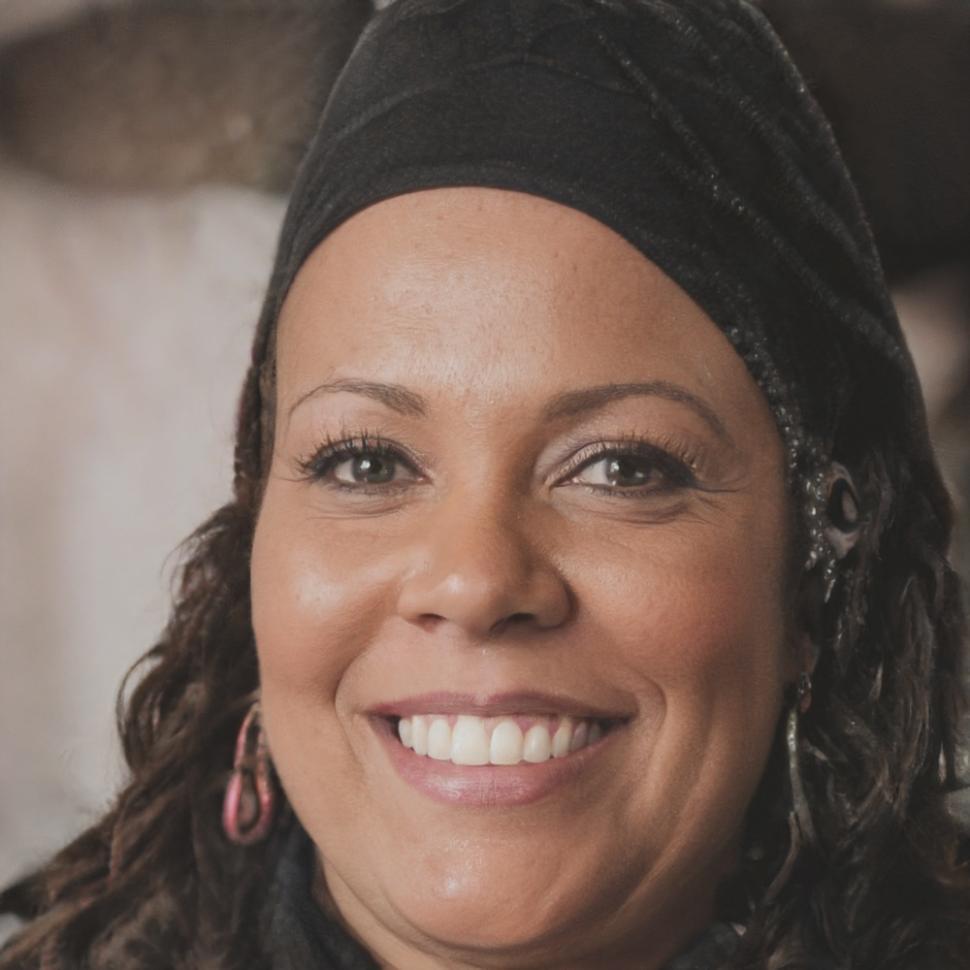Real Financial Skills Through Structured Analysis
We've spent years working with Vietnamese businesses on their financial challenges. That experience shaped how we teach—practical methods you can apply right away, not abstract theory that sits unused.
Next cohort begins September 2025
How Our Approach Developed
This teaching method wasn't planned from day one. It emerged from watching what actually helped people analyze financial data better.
Started with consulting work
We noticed clients struggled with the same gaps—understanding cash flow patterns, spotting variance trends, connecting operational decisions to financial outcomes. Most had read the books but couldn't apply the concepts to their actual business data.
First workshop experiments
Ran small sessions with five companies at a time. Used their real financial statements instead of textbook examples. That shift made everything click—people could see how margin analysis or working capital optimization applied to their actual situation.
Built structured curriculum
Took what worked in those workshops and organized it into a proper sequence. Started with foundational ratio analysis, moved through forecasting methods, then into scenario modeling. Added case studies from manufacturing, retail, and service businesses operating in Vietnam.
Refined feedback loops
Participants told us they needed more help between sessions. Added weekly office hours and peer review groups where people examine each other's analysis work. The collaborative problem-solving made concepts stick better than solo study ever did.
Current approach
Now we combine instructor-led sessions with small group work on real datasets. You analyze actual financial statements, present findings to peers, receive detailed feedback. The format pushes you to defend your analytical choices and learn from others' perspectives.
Measurable Skill Development
We track specific capabilities before and after the program. These numbers reflect assessment scores on standardized financial analysis tasks—not satisfaction ratings or self-reported confidence levels.
Accuracy on variance analysis tasks after 8 weeks
Average time to complete financial model assessment
Companies trained staff through our program in 2024
Standard program duration with weekly sessions

Who Teaches These Sessions
Our instructors work with Vietnamese businesses on financial planning during the week. They teach what they actually use in their consulting practice.

Anh Thọ Đặng
Spent eight years analyzing financial statements for manufacturing companies. Teaches the forecasting and variance analysis modules. Has a straightforward teaching style—he'll tell you when your analysis logic doesn't hold up.

Liên Bùi Cao
Builds financial models for investment decisions and scenario planning. Leads the advanced modeling sessions where you learn to structure complex analyses. Known for detailed feedback on participants' work—expect your models to come back marked up.
Ready to Develop Your Analysis Skills?
Our September 2025 cohort opens for enrollment in June. Reach out if you want details on curriculum, schedule, or what to expect.
Get Program Information